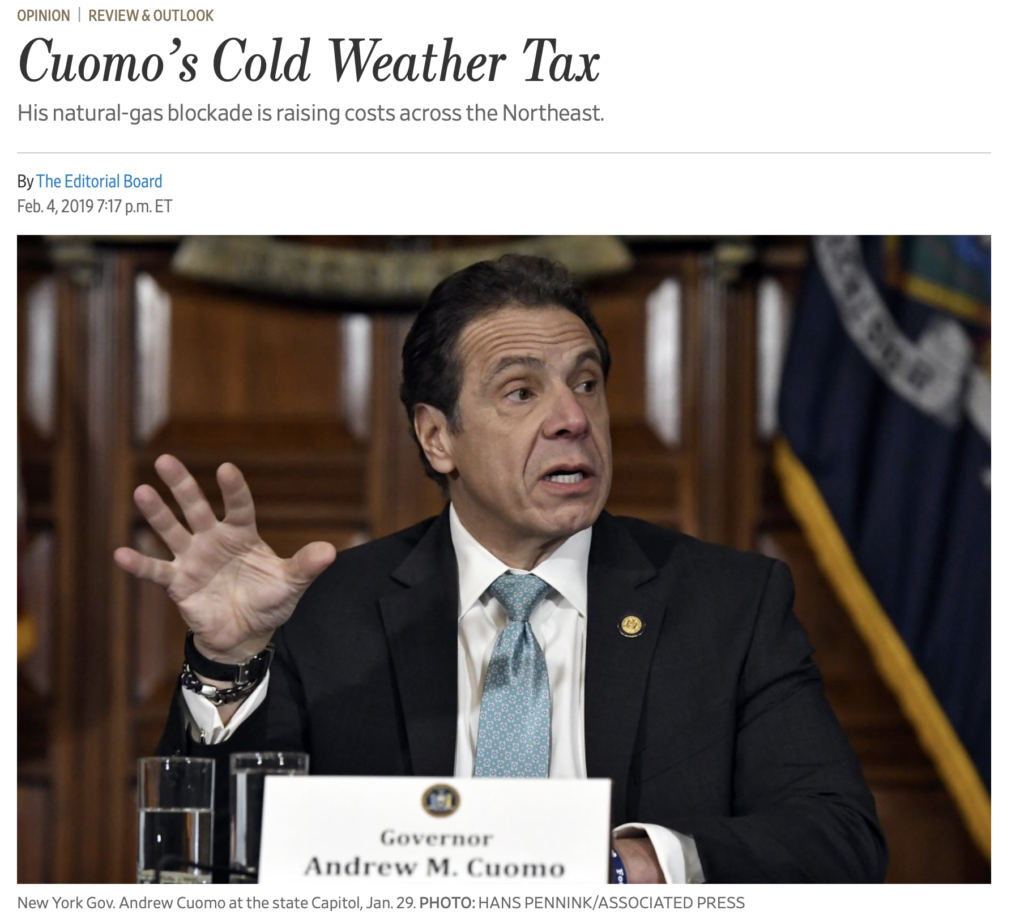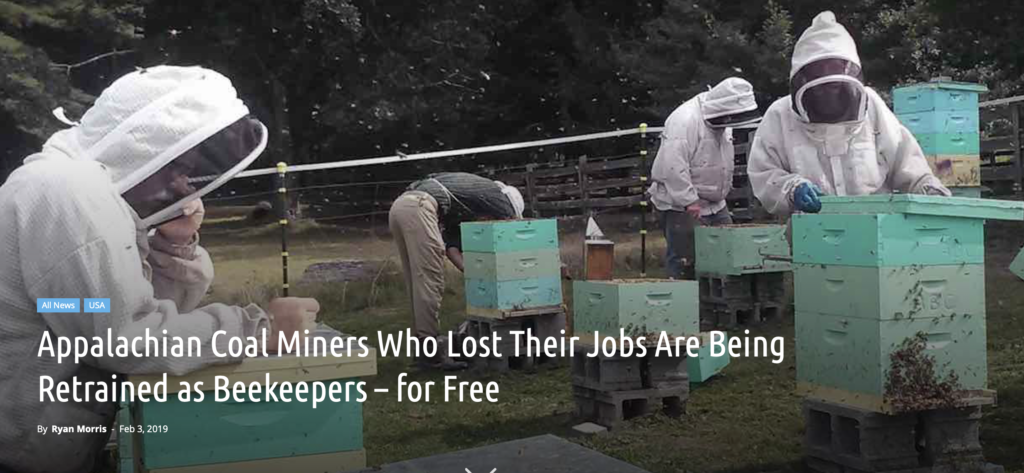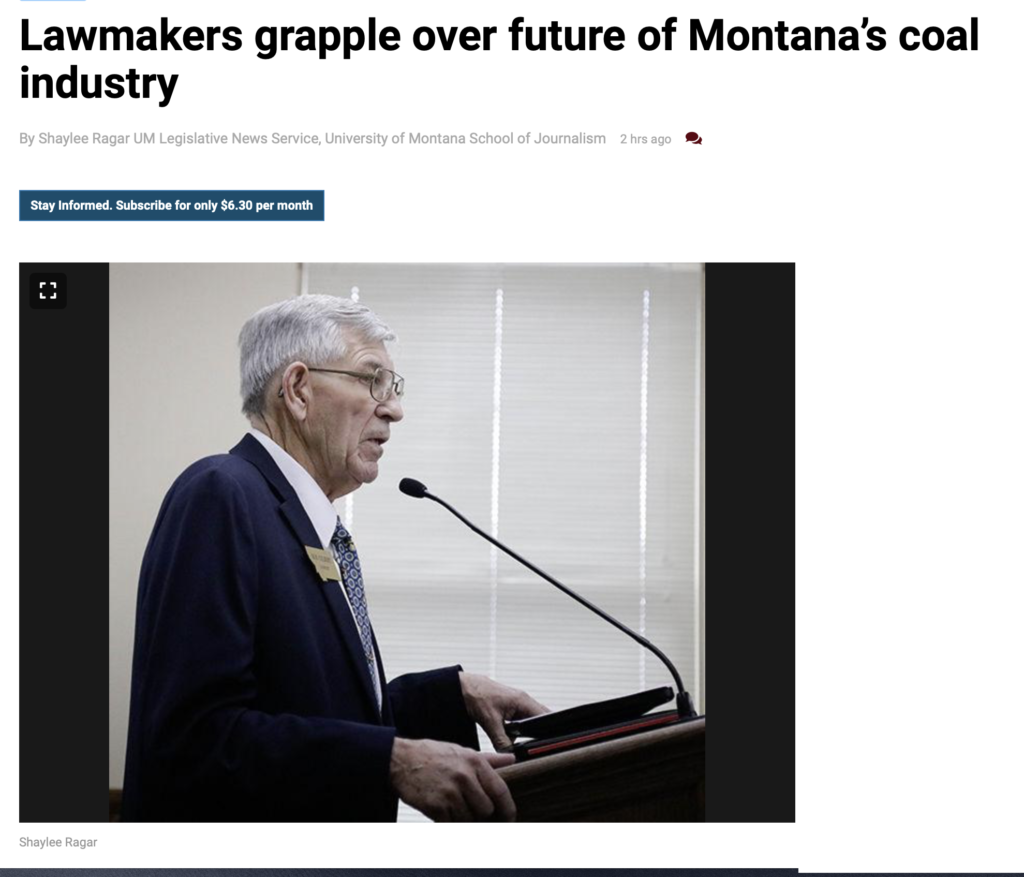NIPSCO has announced its intention to exit coal by 2028. We want NIPSCO to explain to shareholders how the claim, below, is a benefit to anyone or anything.

Continue reading BURN MORE COAL files shareholder proposal with NIPSCO

NIPSCO has announced its intention to exit coal by 2028. We want NIPSCO to explain to shareholders how the claim, below, is a benefit to anyone or anything.

Continue reading BURN MORE COAL files shareholder proposal with NIPSCO
“Last week the utility Consolidated Edison announced a moratorium on natural-gas hook-ups in New York City’s Westchester suburb due to pipeline constraints. “You have a lot of natural gas around the country, but getting it to New York has been the strain,” said utility spokesman Mike Clendenin. Developers are warning that they will have to put projects on ice until natural-gas constraints are eased.”

“Jodi Helmer, the North Carolina journalist and beekeeper who wrote the article for NPR, didn’t mention the overall decade-long decline of bees or colonies in the U.S., but estimated that 20 hives could mean nearly $15,000 per season, with plenty of time for other work on the side. “There are also opportunities to produce candles, lip balm and other wax products with additional training offered through the organization.” What a tragedy for the proud and productive miners, their communities and America.

Source: Good News Network
Three cheers for Montana coal guy Bob Gilbert who testified at a hearing before the Montana legislature against the Montana Climate Action Act, which would tack a $10 tax onto each ton carbon dioxide emitted from coal-fired plants. Sounds like Gilbert read Steve Milloy’s 2016 Amazon.com best-selling book “Scare Pollution: Why and How to fix the EPA,” which busted open the myth that emissions from coal plants killed people and set the agenda for reforming EPA under the Trump administration.

Source: Sidney Herald Web | Lawmakers grapple over future of Montana’s coal industry | Local News Stories | sidneyherald.comPDF
Coal served 51 percent of power in the Midcontinent ISO, representing 15 Midwest states. Normally, coal provides about a third of the total power mix. “What that continues to show is we need energy diversity and fuel diversity for electricity,” Winberg said. “The imperative is to keep the grid reliable and resilient.”
